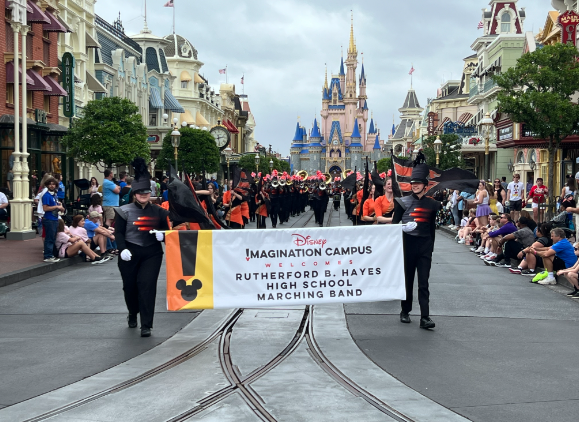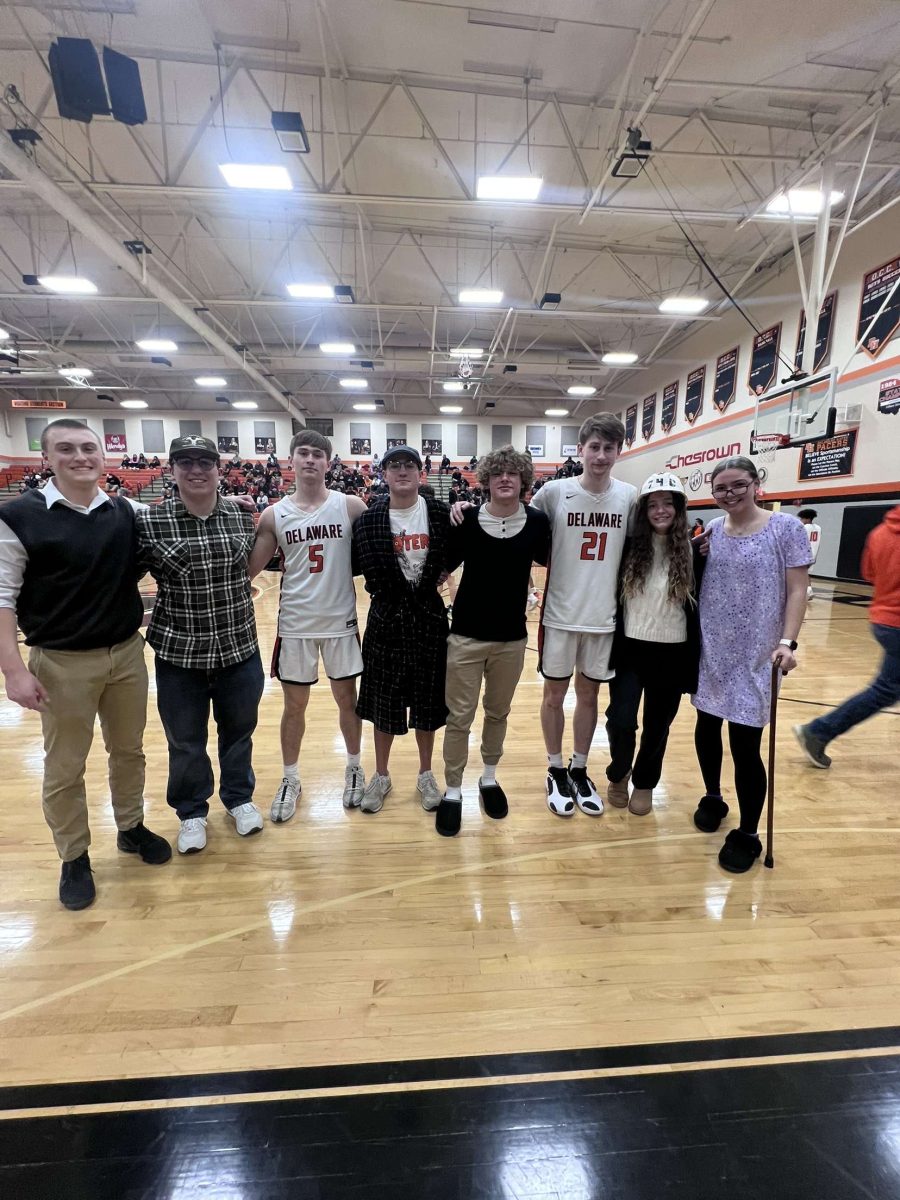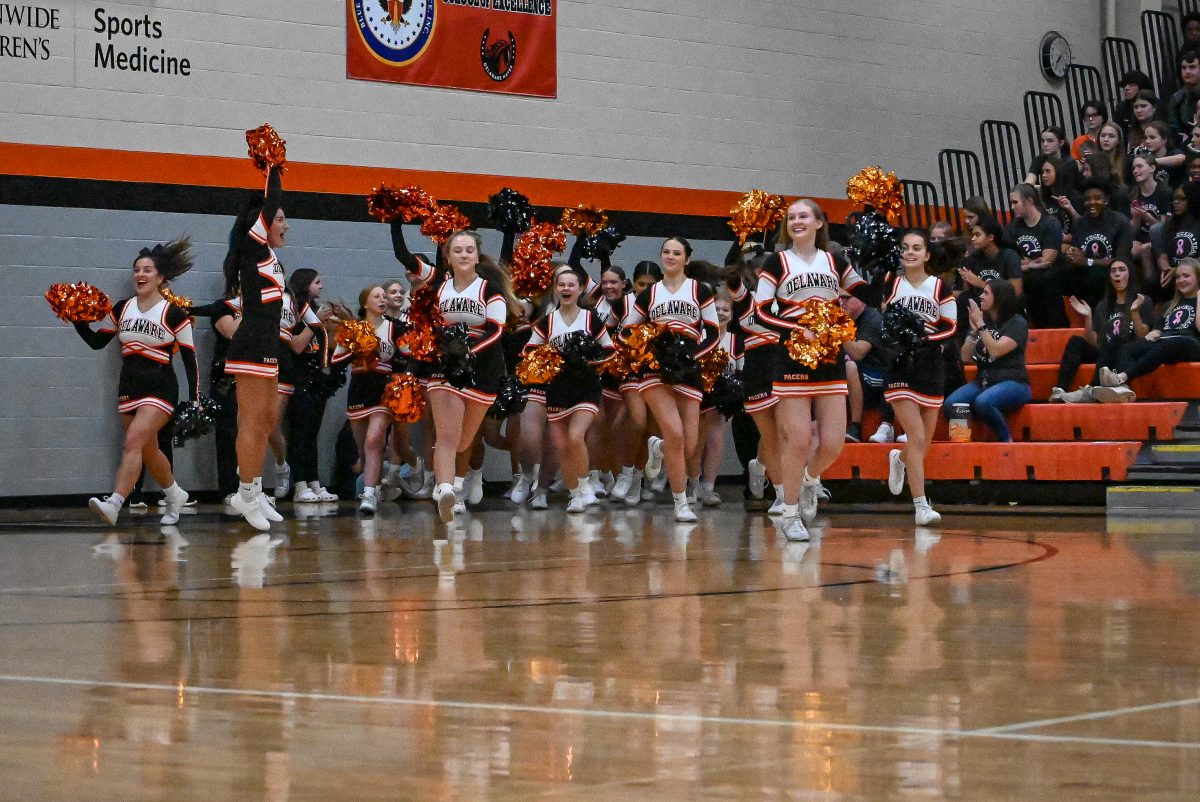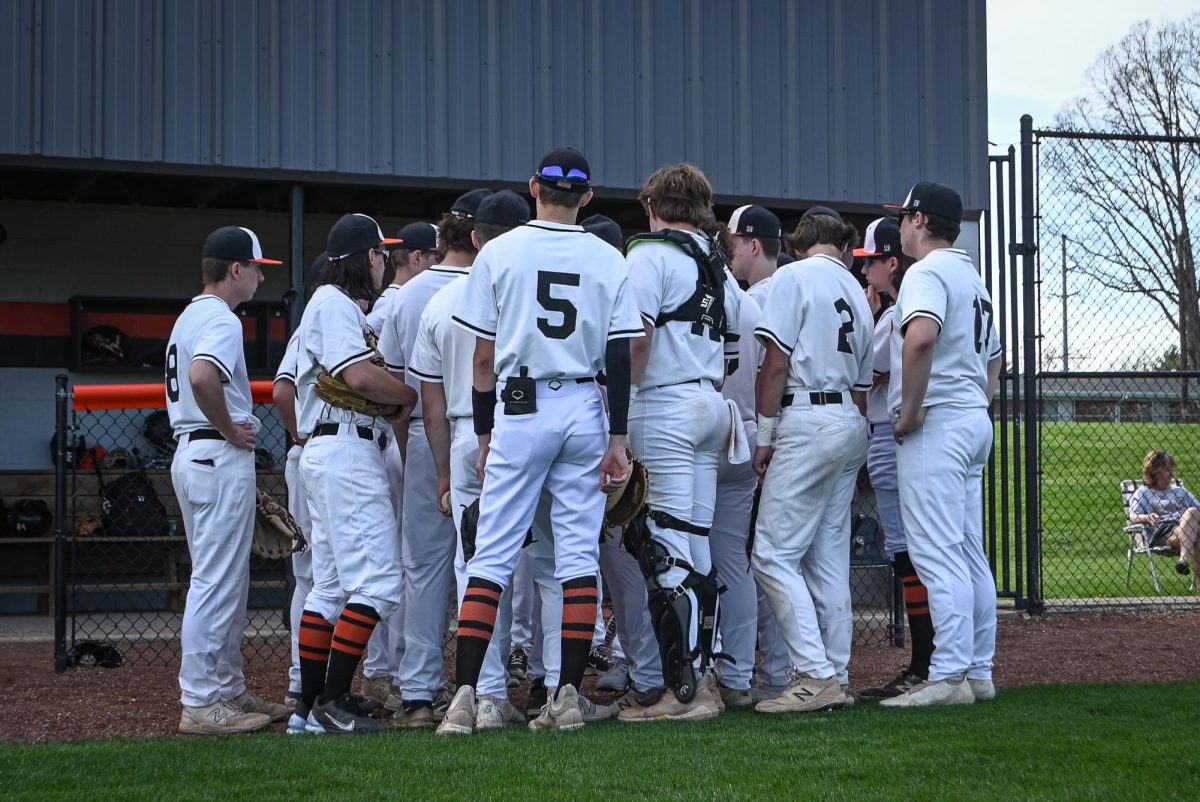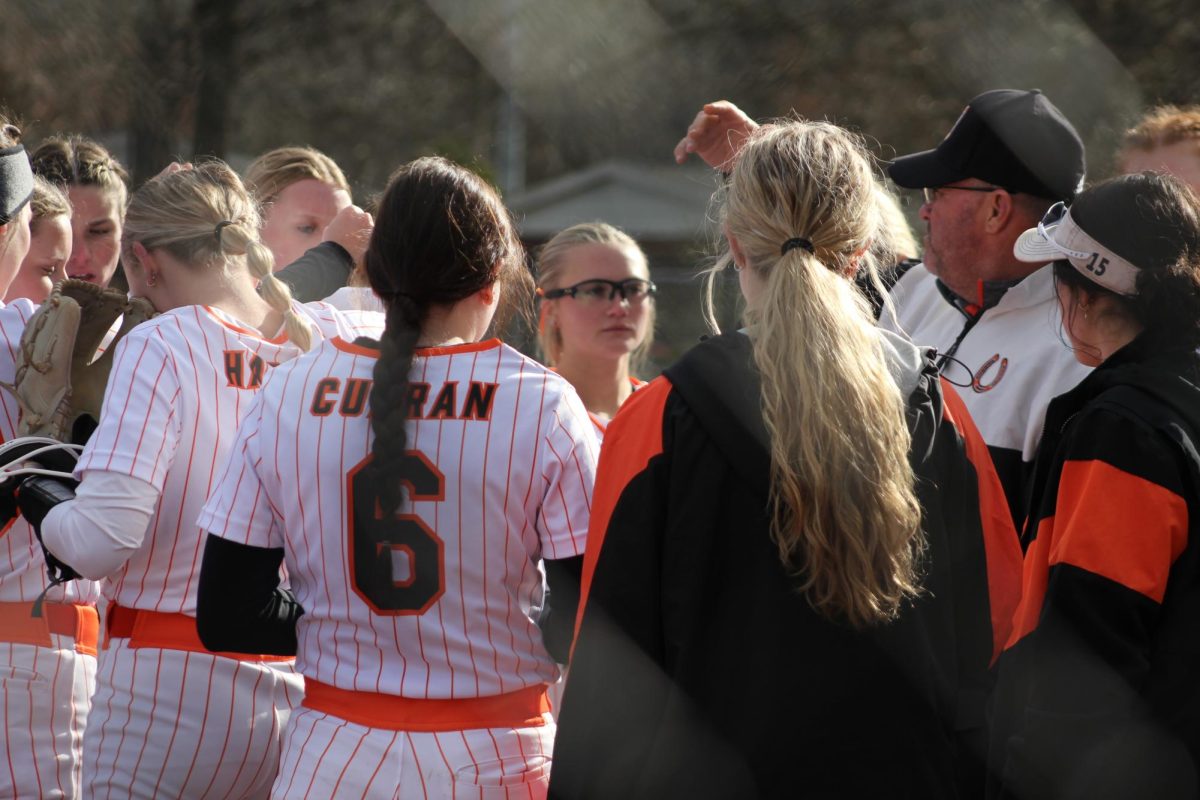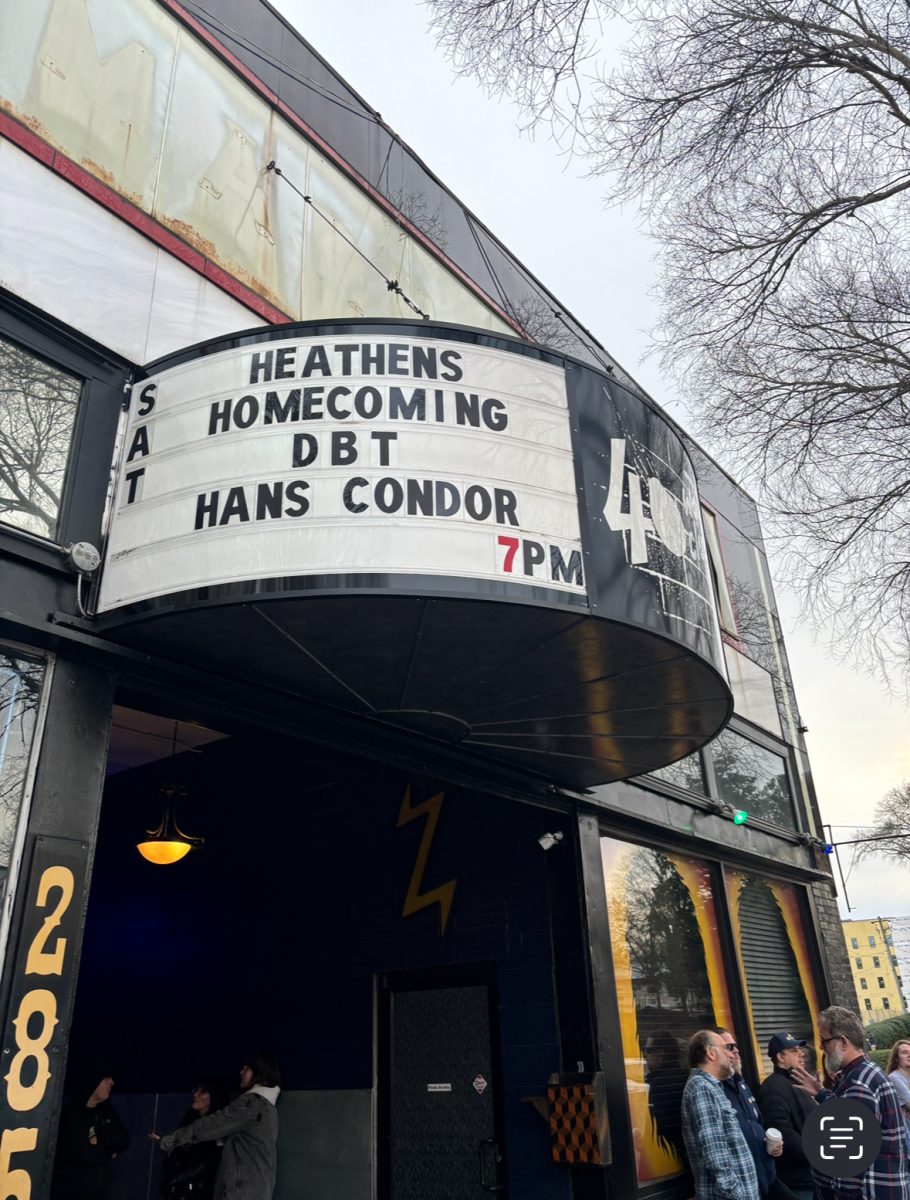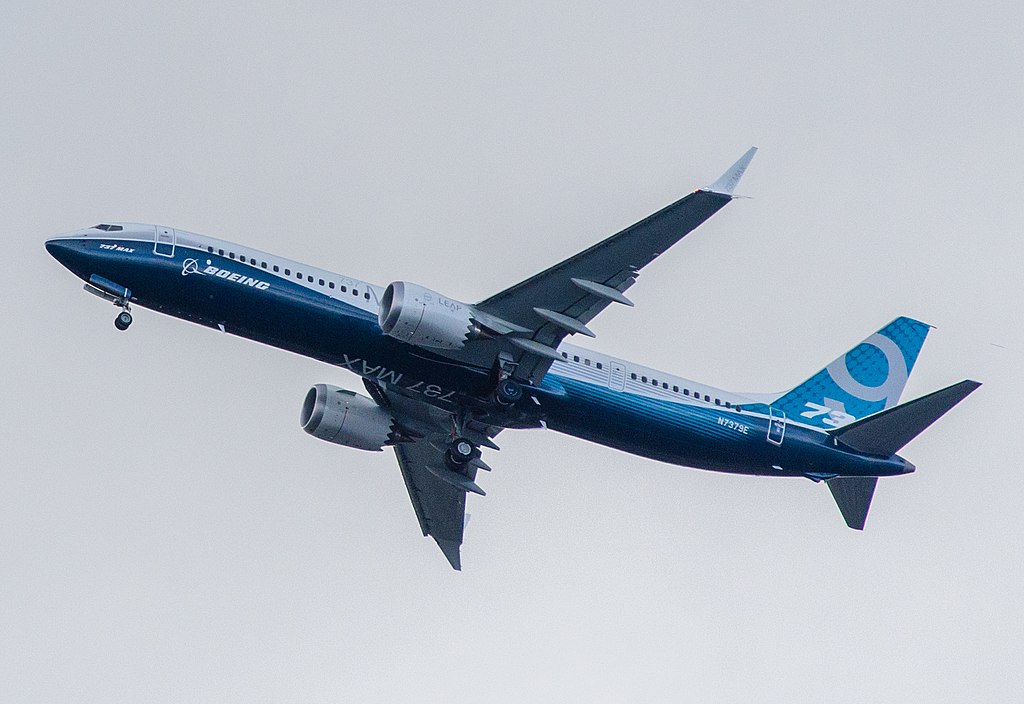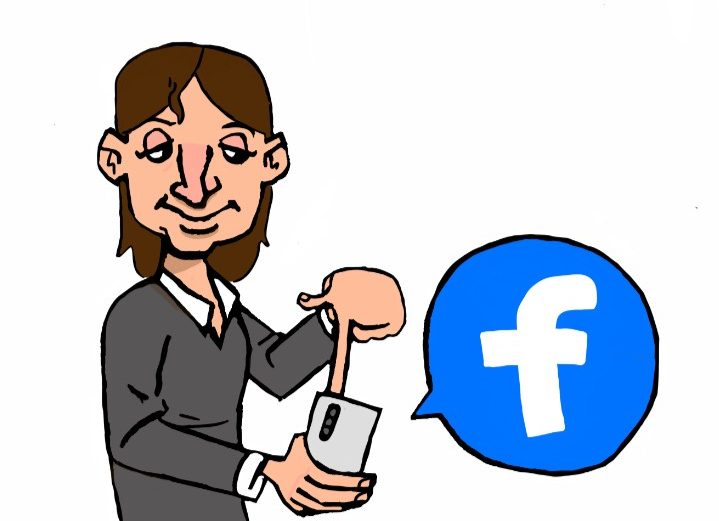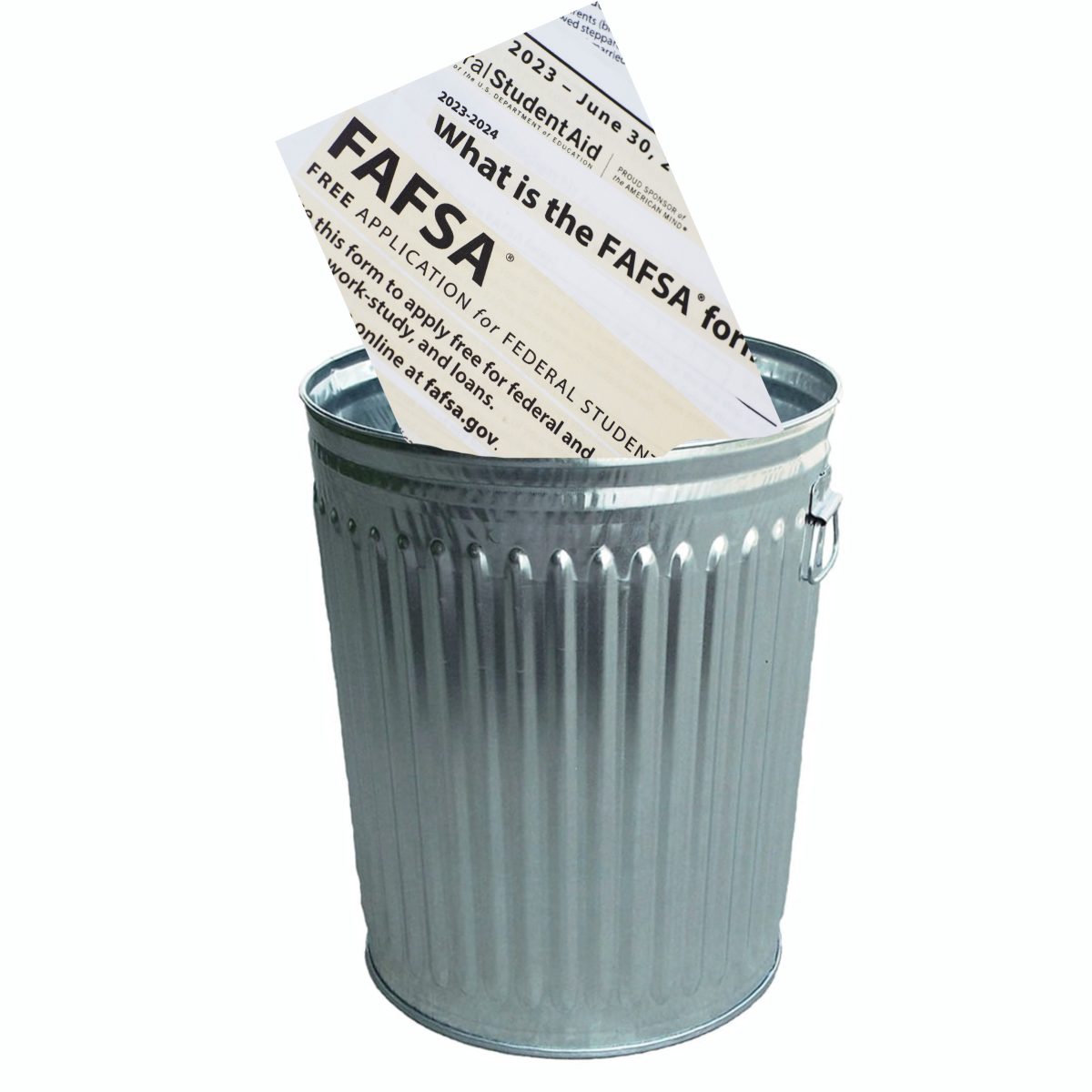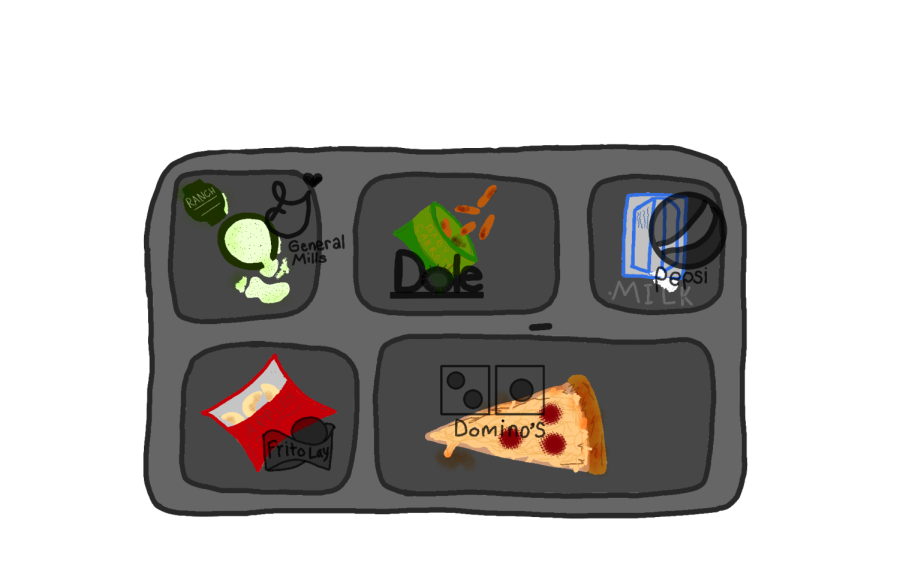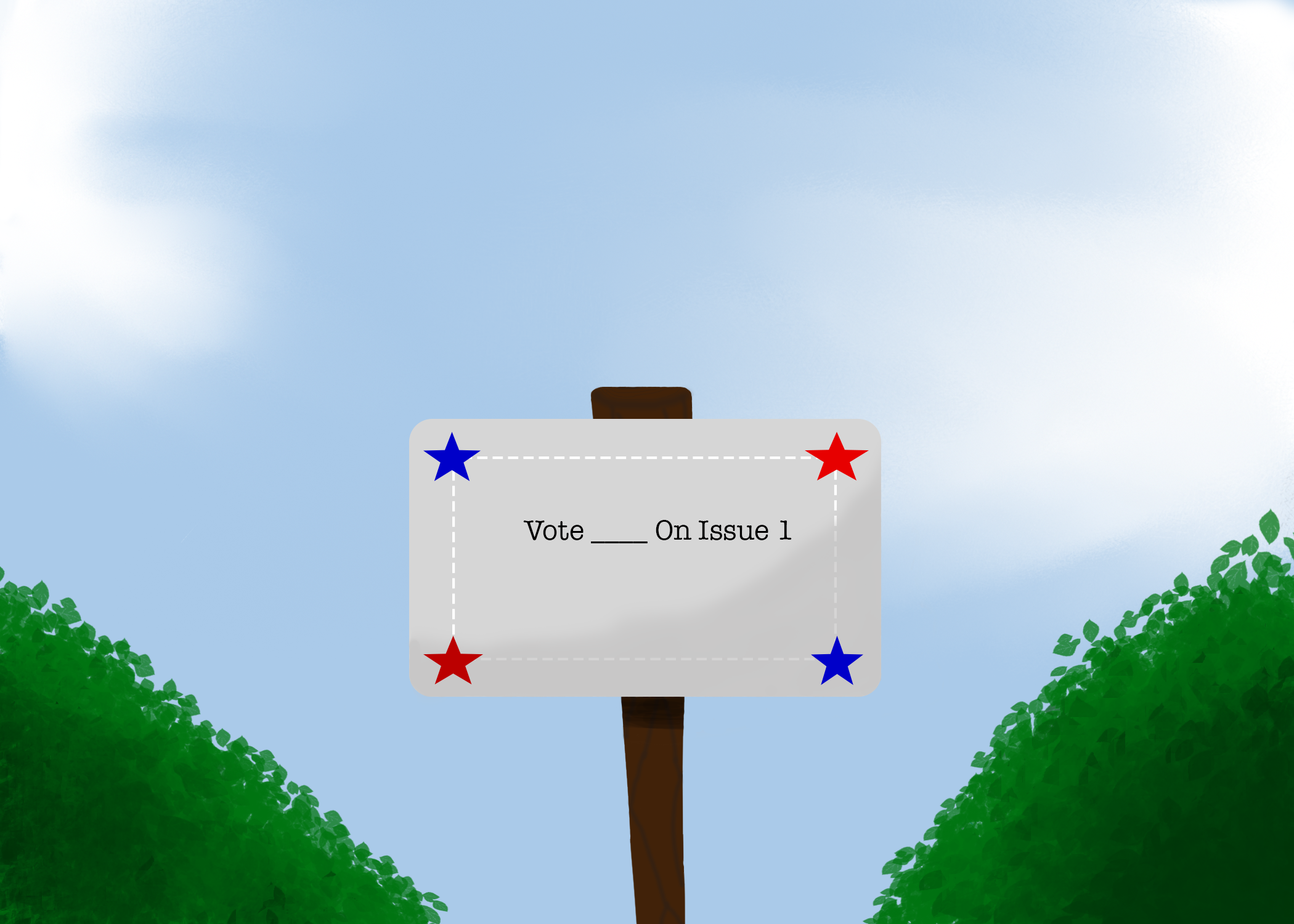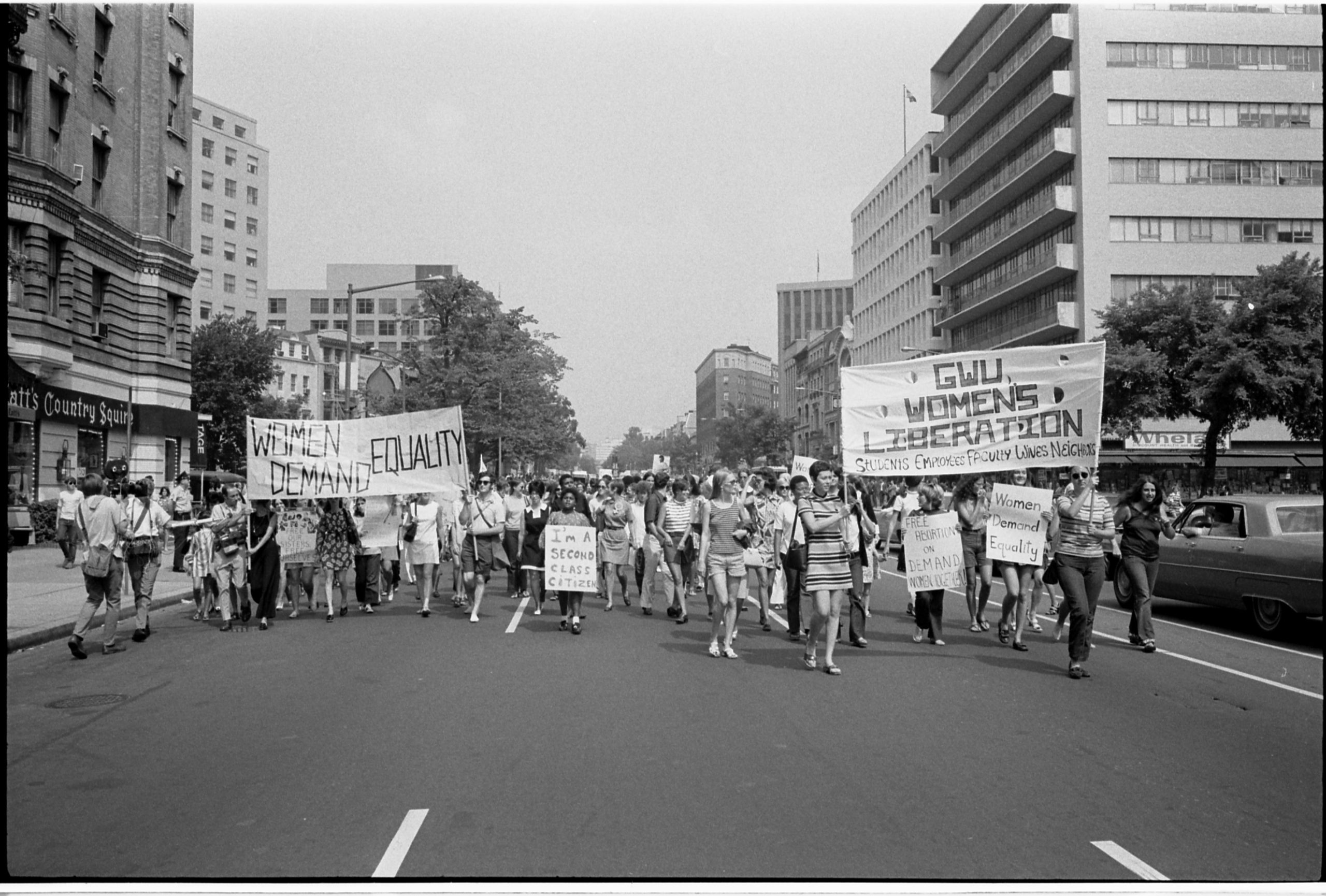Opinion: School lunches, sponsored by Domino’s
School lunches have had a decline in nutritional value over the past few decades.
February 2, 2023
The year is 2010, and America is in the throes of a childhood obesity crisis. President Obama stands at a lectern at Harriet Tubman Elementary School in Washington, D.C., flanked by First Lady Michelle Obama and a team of beaming officials, as they prepare to unveil their grand solution to the public with their heads held high.
Tubman Elementary and the thousands of public schools across the country could not imagine the controversy that followed as the Healthy, Hunger-Free Kids Act (HHFA) sliced through lunchrooms and cooked districts with abysmal standards, corporate loopholes and plain inaccurate nutritional guidelines.
Bread For War
When reminiscing on memories of school cafeteria food, many think of cardboard pizza, styrofoam dinner rolls and mystery meat as dubious as the “grill marks” on the hamburger patties.
However, it wasn’t always like this.
In 1946, when the National School Lunch Act was signed into law by President Truman, school lunches were designed to ensure that young men were physically fit for military service, and to feed the large number of children who were malnourished due to widespread poverty and thus underperforming in school.
The program hemorrhaged under the Reagan administration as it became increasingly expensive to maintain. School districts couldn’t keep up with labor shortages, skyrocketing inflation and demand for more expensive facilities as the federal government pooled money elsewhere, with state governments failing to pick up the slack.
The answer? Privatization.
Companies were quick to soothe the financially desperate schools, offering low-cost menu items to these ailing districts.
Yet, they came at a steep price to America’s children: now, instead of commercial breaks or ads on the back of cereal boxes, companies infiltrated lunch trays in order to build a loyal customer base of kids, many of whom may not understand the implicit marketing that they’ve been exposed to.
Today, brands like Dominos and PepsiCo provide fat-free Doritos, “Smart Slices” of pizza and other snack items loosely tailored to meet nutritional requirements.
The inclusion of private companies in supposedly “public good” government services has been tainting these services far before the National School Lunch Act.
What birthed a dysfunctional national healthcare system and ignited the cruelties of the American correctional machine now put children as young as five into debt over a bag of low-carb, no-sugar Sunchips.
Even still, modern changes to this program with the HHFA did little to ease the neglect of the Reagan era.
Cheesing The System
Food has always been political. Yet, American school lunches and the institutions which provide them revolve around a special brand of politics.
The most definitive example of this is the USDA’s food pyramid, now rebranded as the MyPlate model, which is required educational material in schools under the HHFA. These colorful dioramas, though outlined by well-intentioned USDA officials and nutritionists, were hijacked by corporate lobbyists in the dairy-obsessed 1990’s.
The result was a vague, unspecified set of guidelines which were originally meant to define the American diet and to guide legislation regarding the standards for government-subsidized food services.
However, suggesting that the average American consume 7-11 servings of “grains” a day, or lumping fats, oils and sugars into one category, is a recipe for disaster. Avocados and Pepsi do not have the same nutritional value, and sugary cereals are not healthier than plain eggs, even if the food pyramid may allude to such ideas.
The quality of food served is also not a guarantee under the HHFA, as students from around the country have taken to social media to share their gnarly-looking sandwiches, salads and apple slices.
The USDA has a reputation for buying the absolute cheapest meat possible for the national school lunch program. Meat processing plants that supply food for school lunches oftentimes have repeated safety violations, failed inspections and hygienic concerns associated with them.
Chicken and beef products which are turned away from Kentucky Fried Chicken and McDonalds often end up on students’ plates.
This is more concerning considering that the 30 million students who are provided free or reduced lunch as a provision of the HHFA are the most likely to be affected by such flimsy standards, as these students rely on school lunches and possibly don’t have any other choice.
Denying students quality food is denying them dignity and confidence in their meals, and is detrimental to the growth and development of many kids.
The reality is that the meals Americans grew up on are formulated by a great tug of war between USDA nutritionists, cereal companies, dairy manufacturers and politicians. From tainted dietary standards, to the numerous branded products bedazzling lunch trays, to the downright inedible menu items, those in the public school system deserve objective, healthy, scientifically informed lunches and breakfast options which won’t break the bank or the stomach.
By strengthening regulations to ensure that students are eating quality food and redefining nutritional standards to only allow for healthy meals that are informed by science and not the wills of mega corporations, we can have our cake and eat it too.

